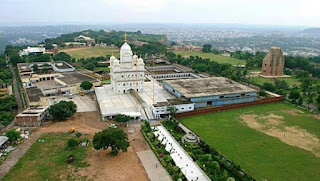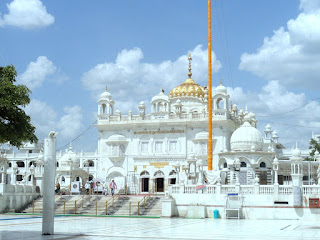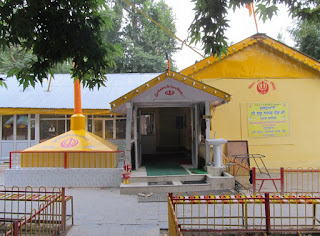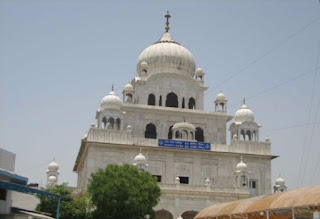Guru Nanak Jhira Sahib
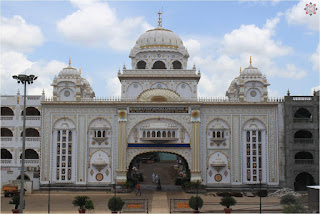
Guru Nanak Jhira Sahib is a Sikh historical shrine situated in Bidar, Karnataka. Gurdwara Nanak Jhira Sahib was built in the year 1948 and is dedicated to the first Sikh guru Guru Nanak. Bidar has a very long association with Sikhism as this is the home town of Bhai Sahib Singh, one of the Panj Pyare (five beloved ones), who offered to sacrifice their heads and were later baptised as the first members of the Khalsa. The Gurudwara is established in a nice valley, surrounded by laterite hills on three sides. The shrine comprises Darbar Sahib, Diwan Hall and Langar Hall. In the sukhaasan room, Guru Granth Sahib, the holy book of Sikh is placed. There is a separate room called the Likhari Room, where donations are accepted and receipts are issued. A beautiful Gurdwara has been constructed after the independence of India in 1948 by the side of the spring. The water from the spring is collected in a small Amrit Kund (a holy water tank) built opposite to the front stairs of the Gurud
